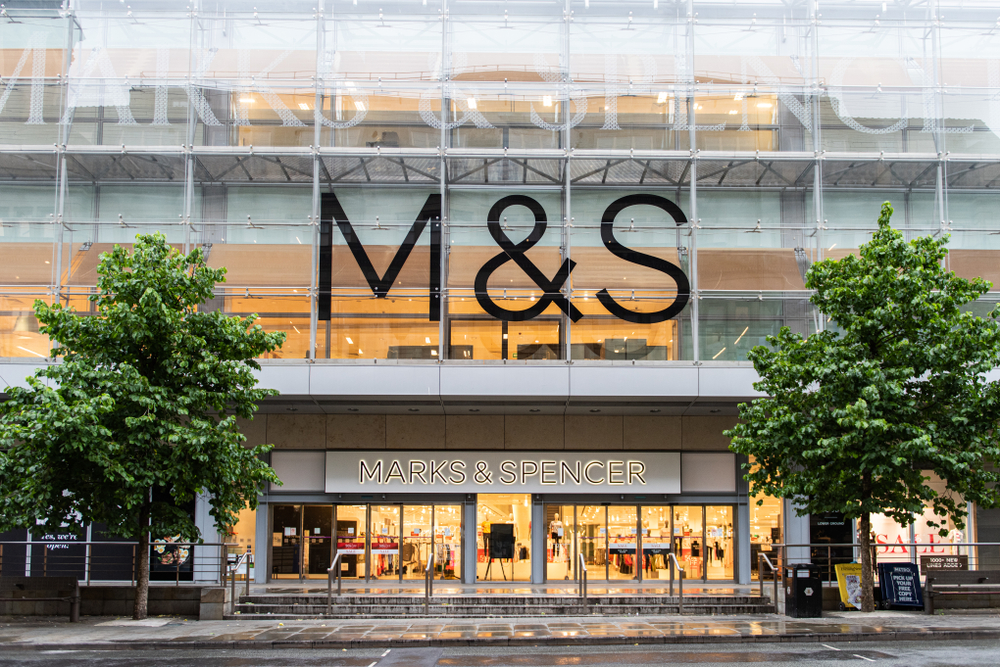InternetRetailing’s senior researcher Martin Shaw takes a look at the changing dynamics of delivery costs and what that means in relation to peak preparedness.
Delivery options have changed considerably over the last 18 months for customers of the UK’s 100 largest retailers. Back in September, when we covered this topic in a column in eDelivery Magazine, we noted that the standard delivery options available to customers have changed markedly in terms of price, flexible time slots and time to fulfillment when compared to those on offer this time last year. Of particular note was the fact that the price retailers charge for a basic delivery increased in 20% of cases and decreased in only 7%. However, when it came to stock returns this ratio was reversed with more retailers having lowered the price they charge compared to the number that raised it.
By consulting our most recent research, we can gauge the extent to which these changes herald a divergence from competitive delivery pricing that characterised the early success of Amazon and others, and whether the prices paid by consumers are changing more in some sectors than others.
Customers need to pay a price. Multichannel retailers who previously subsidised logistical costs to sustain ecommerce growth have become so significant that customers need to pay a reflective price. It’s about decreasing flexibility too. A retailer with a third of its sales online can’t deal with a doubling of deliveries due to a promotion – especially when delivery costs aren’t fully paid by customers – as well as it could 10 years ago when online sales were a tiny fraction of their business.
With one eye on the annual retail free-for-all of Black Friday, it is worth asking what effect the changes to delivery or returns pricing had on consumer behaviour and the part played in helping retailers handle last year’s pre-Christmas surge. In the 12 months leading up to November 2015, there was a 28% increase in average delivery cost charged by the 100 largest retailers in the UK. Companies in the home, garden and DIY sector led the way with an average 96% increase. Health and cosmetics was the only sector to drop rates, on average, and that by a marginal amount.
Turning to returns, more retailers are lowering consumer costs than raising them. Research by Barclays in March identified that most shoppers are influenced by refund and return policies prior to purchase. Among the 19 largest of the top 100 retailers to drop returns cost, the average reduction was 25%. The Apparel and Children’s Goods sectors saw the steepest declines, but Sports and Leisure retailers bumped their average cost to consumers by almost 100%.
We also monitored how delivery firms lived up to their commitments in the end-0f-2015 peak period. Will measures introduced last year lead to an orderly, if busy shopping period? Although decreases in the cost to consumers are always likely to exacerbate the warehousing issues around returned stock, this should occur within the context of more achievable fulfilment expectations. In a period that has seen a resurgence of paid delivery, my money is on customers continuing to opt for cheaper and slower fulfilment, making it more likely logistics firms will find themselves dealing with peak surge that can be realistically met.
The latest InternetRetailing UK Top500 (IRUK Top500) report was published in February 2016 and contains a detailed assessment the UK retail landscape. It is made up of a series of unique dimensions providing in-depth analysis of the retail industry. You can find our overview of the operations & logistics dimension of the IRUK Top500 here.








